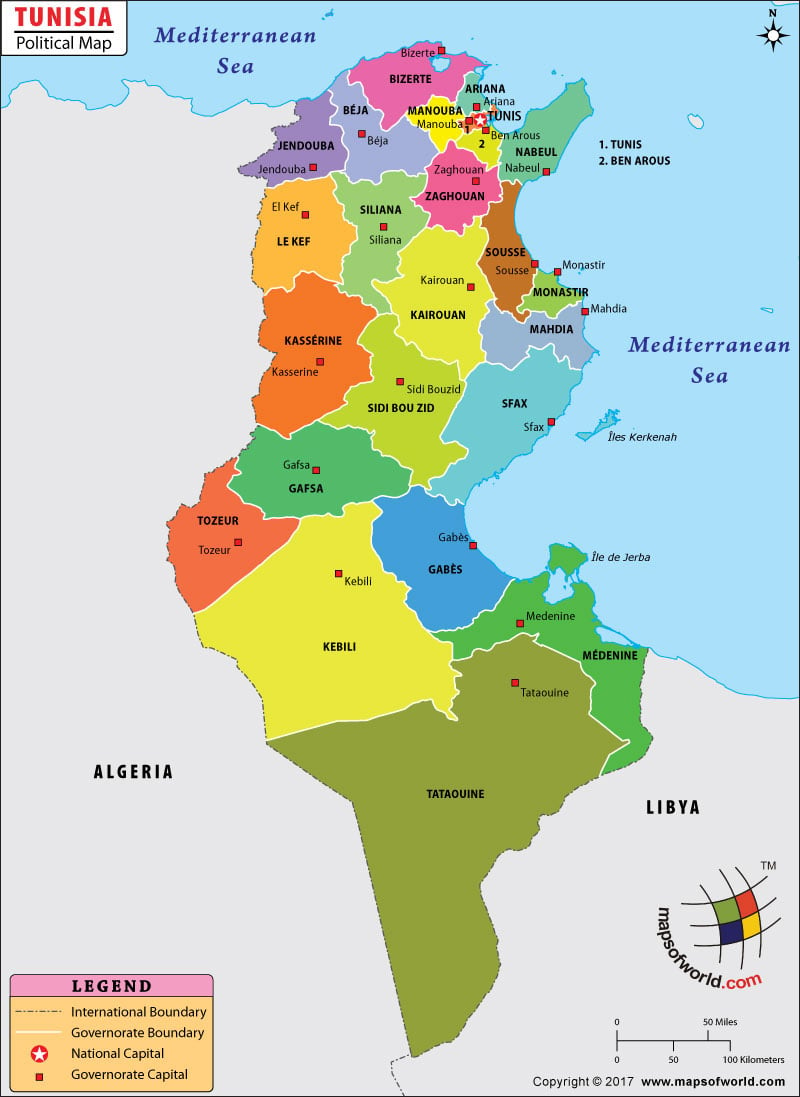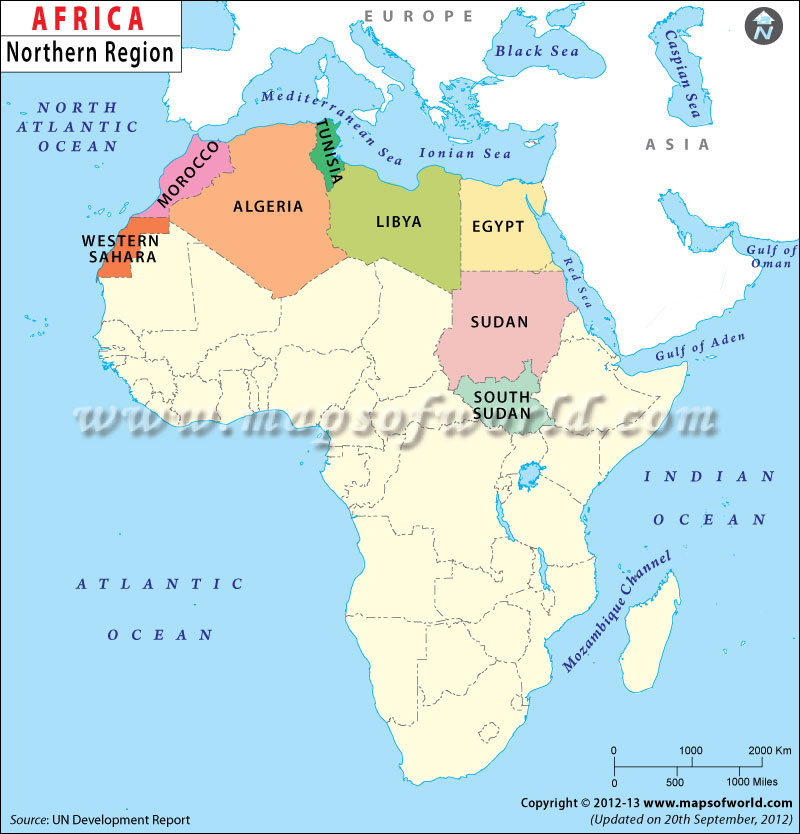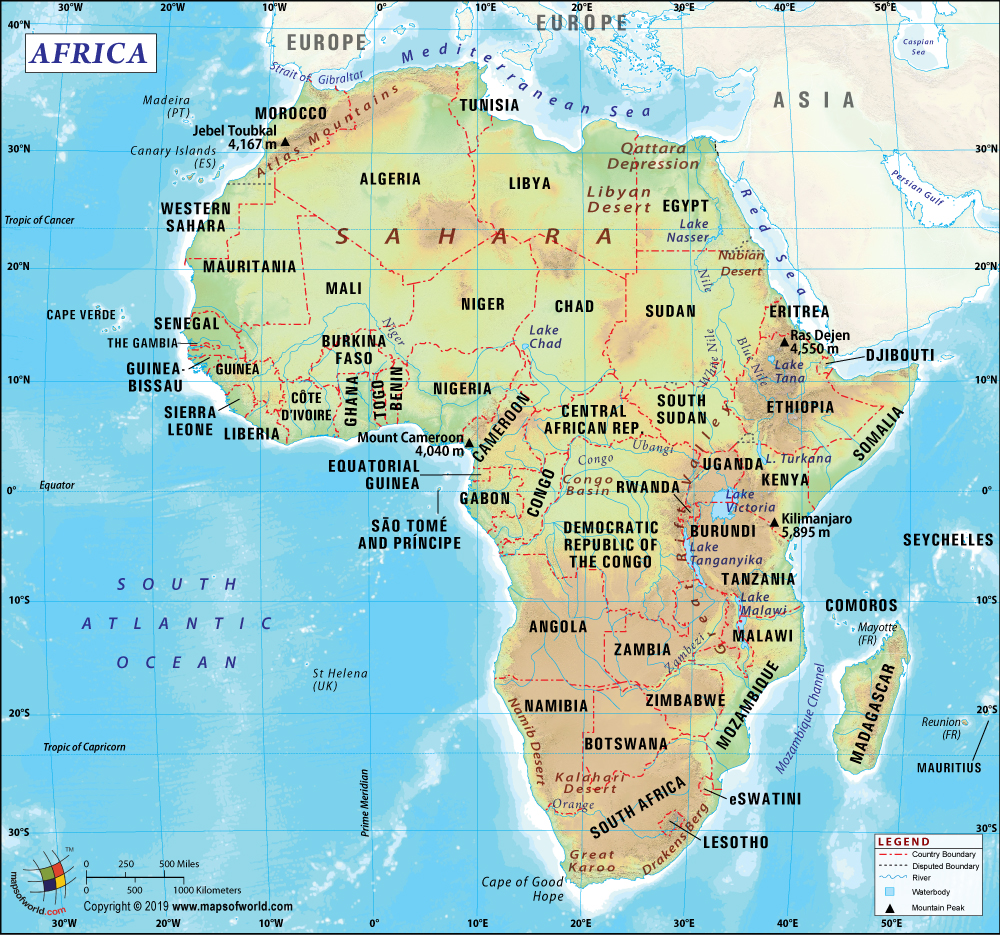What is El Djem Famous for?

El Djem is the biggest historical tourist hotspot of Tunisia, a country bordering the Mediterranean Sea in North Africa. It is known for its amphitheater and archaeological museum. The golden-stoned amphitheater here once served as a battleground for numerous bloody gladiatorial fights in the Roman era. This UNESCO World Heritage Site is located between Sfax and Sousse. Even travelers, who come to Tunisia mainly for a sea holiday, never give this history wonder a miss.
The amphitheater is located near the arid, flat countryside which just adds more to its appeal. It is known for the experience people have when they saunter through its arcades or when they descend down the underground passageways. It gives them a sense of the power the Roman Empire once enjoyed, and also lets them explore the use of the structure. The archaeological museum is another site which is equally visited by the casual traveler and history buffs alike.
The Amphitheater
The mighty amphitheater of El Djem ranks fourth in terms of size in the Roman world. It comes after Colosseum, the Pozzuoli amphitheater, and Carthage amphitheater. Owing to its excellent preservation and colossal size, El Djem’s amphitheater is sometimes also called as the African Coliseum.
The structure is oval in shape, and is 122 meters broad and 149 meters long. It also stands at an impressive height of 40 meters. The amphitheater in its heyday provided seating for over 30,000 people. The spectators witnessed some of the most horrifying ‘entertainment’ events that happened in the Roman era, such as wild animals slaughtering the criminals, bloody gladiatorial contests, and even sporting events. At that time, these events were held to showcase the power and prosperity of the city.
The Amphitheatre is still greatly preserved, despite the fact that it was used as a building stone’s quarry for centuries. Today, it is even better preserved than the Colosseum of Rome! About 66% of the wall’s circuits, along with their 3 arcades’ stories, have survived. Its northwest side, on the command of the Ottoman Bey (ruler), was blown in the year 1965. The orders were given to prevent the structure from becoming the stronghold of Berber rebels. These rebels frequently used the amphitheatre’s walls to entrench themselves within.
Originally, each story had 30 arches. Today, only a total of 68 have remained. Also, very little is left of the seating’s tiers inside the amphitheater. However, tourists can still see under the arena (65 meters by 37 meters in size) the intersecting underground passages through which the victims and the wild animals were let into the battleground. There were cells for the prisoners and cages for the animals on both sides of the passages.
Tourists can also have really good views of the town and amphitheater if they follow a flight of steps at the entrance, which leads to the arcades’ upper tiers.
El Djem Archaeological Museum
Other than the amphitheater being the major tourist attraction, the El Djem Archaeological Museum also serves as a main point of interest. Located on the road to Sfax, it is outside the El Djem town center. The museum has on display numerous Roman objects like terracotta pots, coins, and oil lamps. On the showcase, there are also items that have been unearthed in these areas, such as fine mosaics with plant, animal, and geometric decorations. Some mosaics that were excavated in the region are displayed in the Bardo Museum of Tunis.
El Djem Archaeological Site
A 2nd-century Roman villa, called the House of Africa, is located in the rear portion of the museum. It was excavated elsewhere and then moved to this site for display. Behind the House of Africa, and just a bit outside the museum, is located the El Djem archaeological site. This is the place where the mosaics displayed in the museum were unearthed. Particularly, the House of Sollertiana and the House of the Peacock have beautiful mosaics on floors, still in their original place. The mosaics left in situ are in good condition, and immediately catch the eye of the visitor.
Related Links:
- What are the 7 Natural Wonders of Africa?
- What was the Scramble for Africa?
- Most Famous People in the World



